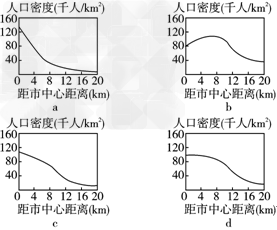什么是避雷器?按结构如何分类?
参考答案:
避雷器是一种释放过电压能量限制过电压幅值的保护设备,它通过并联放电间隙或非线性电阻的作用,对入侵流动波进行削幅,以降低被保护是所受过电压幅值。避雷器既可用来防护大气过电压,也可用来防护操作过电压,其性能是变电站其他设备绝缘水平的基础。
避雷器按结构可分:
(1)管型避雷器(包括一般型和新型):由外间隙、内间隙、灭弧等组成,主要用来防止雷电行波由线路进人变电站的电力变压器,降低行波陡度,以保护线路为主。
(2)阀型避雷器(包括普通型和磁吹型):FS阀型避雷器用于6—10kV线路端,保护配电变压器、电缆头免受大气过电压危害,属于低压小容量;FZ阀型避雷器,由火花间隙、阀片、并联电阻装在密封瓷套管内,主要保护变电站的电力变压器、电气设备和配电设备,也包括变压器的中性点,属于高压大容量。
(3)FCZ磁吹避雷器:多用于110kV以上电气设备的保护,除防止大气过电压外,还可防止操作过电压,目前已被氧化锌避雷器代替。
(4)氧化锌避雷器:是目前用途最广的新型避雷器,保护性能较好,一般用于高压和超高压电网,以防止操作过电压损坏变压器、互感器、断路器、电动机等设备。
(5)无间隙金属氧化物避雷器(简称MOA.:用于20世纪80年代以来的所有高压与超高压的变电站,与阀氏(普通阀氏和磁吹阀氏)避雷器相比,MOA克服了过去阀氏避雷器在额定要求的参数下,允许的动作次数有限,具有动作次数多、保护性能好、反应速度快、通流能力大、运行安全可靠等优点。

